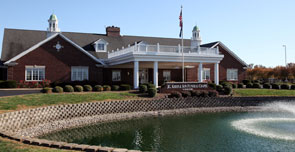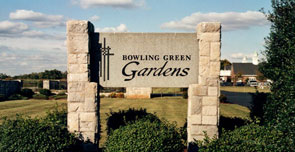In our FAQs section, we have provided answers to some of our most commonly asked questions pertaining to cremation and our services. If you have any additional questions or concerns that are not covered below, please contact us. We want your experience working with us to be a positive one.
What is cremation?
What is cremation?
To begin with, it is probably easier to describe what cremation isn't. Cremation is not final disposition of the remains, nor is some type of funeral service. Rather, it is a process of reducing the human body to bone fragments using high heat and flame.
How long does the actual cremation take?
How long does the actual cremation take?
It depends on the weight of the individual. For an average size adult, cremation takes from two to three hours at normal operating temperature between 1,500 degrees F to 2,000 degrees F.
What happens after the cremation is complete?
What happens after the cremation is complete?
All organic bone fragments, which are very brittle, as well as non-consumed metal items are "swept" into the front of the cremation chamber and into a stainless steel cooling pan. All non-consumed items, like metal from clothing, hip joints, and bridge work, are separated from the cremated remains. This separation is accomplished through visual inspection as well as using a strong magnet for smaller and minute metallic objects. Items such as dental gold and silver are non-recoverable and are commingled in with the cremated remains. Remaining bone fragments are then processed in a machine to a consistent size and placed into a temporary or permanent urn, selected by the family.
Should I bring my children to the funeral service?
Should I bring my children to the funeral service?
The answer to this question is based on your own judgment of the situation. Is your child old enough to understand death? Will the funeral service mean anything to them, or will they be better off at home? Children need to express their grief but it’s up to you to determine if they should come in the end. Prior to the funeral, be sure to explain to your child what they will see and experience, so they are not surprised. Set an expectation for how they should behave and if they become noisy or too upset, it is best to remove them from the service.
What do the cremated remains look like?
What do the cremated remains look like?
Cremated remains resemble coarse sand and are whitish to light grey in color. The remains of an average size adult usually weigh between four to eight pounds of cremated remains.
In what kind of container are the cremated remains returned?
In what kind of container are the cremated remains returned?
The cremated remains are placed in a basic container at no charge to you. Or they may be placed in the urn of your choice from our large selection of urns available for purchase.
Are all the cremated remains returned?
Are all the cremated remains returned?
With the exception of minute and microscopic particles, which are impossible to remove from the cremation chamber and processing machine, all of the cremated remains are given back to the family.
What can be done with the cremated remains?
What can be done with the cremated remains?
There are many options. Remains can be buried in a cemetery lot or cremation garden, inurned in a columbarium, kept at home, scattered on private property, or in Bowling Green Gardens scattering gardens. Our staff will be happy to discuss these options with you and make any arrangements.
Concerns About Cremation
Are there any laws governing cremation?
Are there any laws governing cremation?
Cremation regulations vary from state-to-state.
Can two cremations be performed at once?
Can two cremations be performed at once?
Never. Not only is it illegal to do so, most modern cremation chambers are not of sufficient size to accommodate more than one adult. Thus it would be a practical impossibility to conduct multiple cremations simultaneously.
How can I be sure I receive the correct remains?
How can I be sure I receive the correct remains?
We have developed the most rigorous set of operating policies and procedures in order to maximize our level of quality and minimize the potential for human error. Positive identification of the deceased is assured throughout each stage of the cremation process. Only Kentucky licensed funeral directors or embalmers are allowed to operate our cremation equipment.
Questions About Urns, Caskets Embalming
Do I need an urn?
Do I need an urn?
An urn is not required by law. However, an urn may be desired if there is to be a memorial service or the cremated remains are to be interred in a cemetery. If an urn is not selected, the cremated remains will be returned in a temporary container.
Is a casket needed for cremation?
Is a casket needed for cremation?
No, a casket is not required for cremation. All that is required by state law is a rigid container which is cremated with the body.
Is embalming required prior to cremation?
Is embalming required prior to cremation?
Absolutely not and it is against the law for a funeral home to tell you otherwise.
Can the body be viewed without embalming?
Can the body be viewed without embalming?
Yes, immediate family members may briefly view the deceased prior to cremation in our private viewing room. The deceased is first washed, dressed and prepared for viewing. However, under certain circumstances embalming may be required, such as a public visitation.


